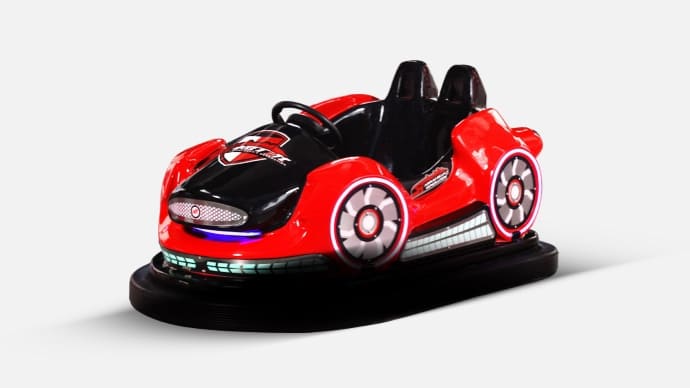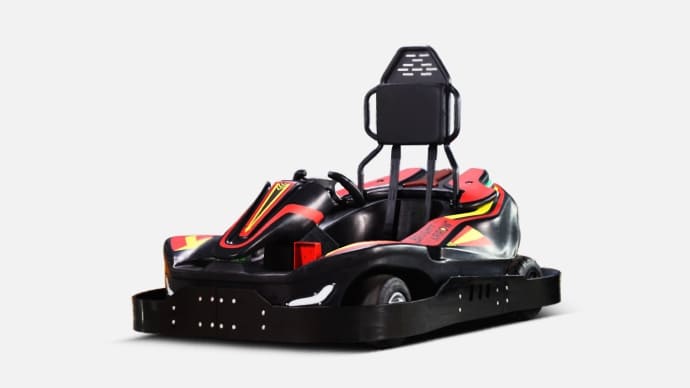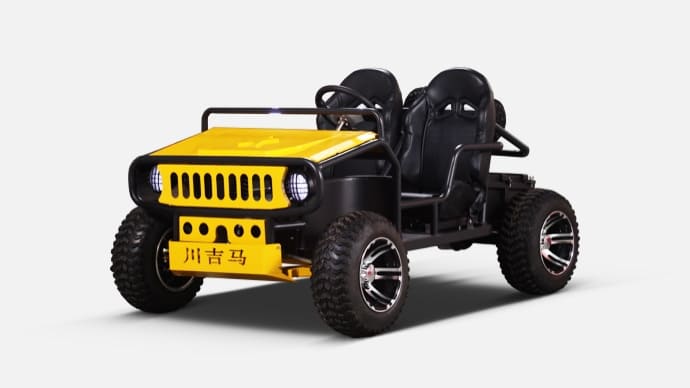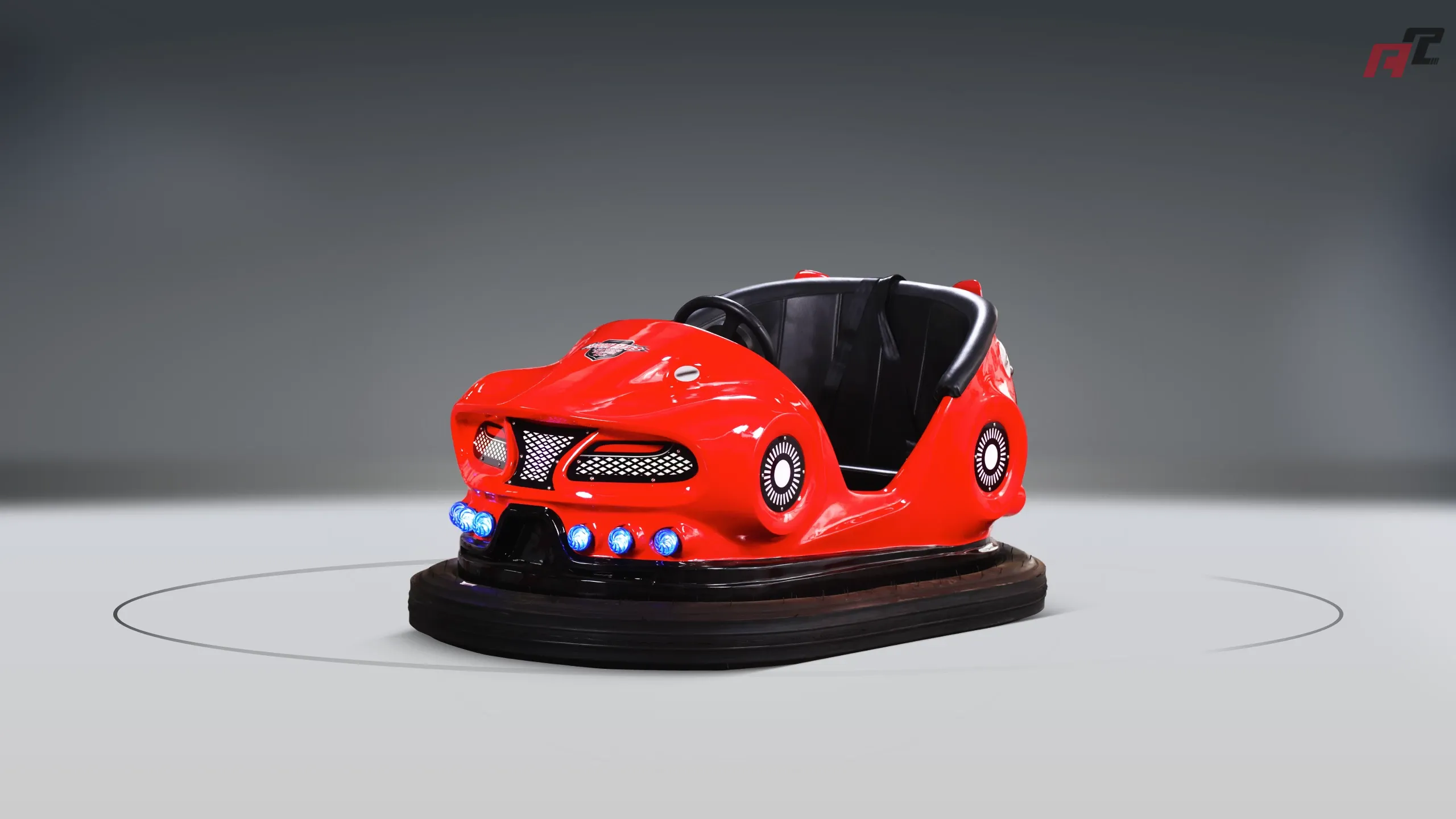why do bumper cars spark | ANCHI Expert Guide
Discover why bumper cars spark and explore essential procurement knowledge for the go karts industry. This blog addresses top user concerns, including safety, power systems, and purchasing tips for go kart professionals. Learn the differences between bumper cars and go karts, venue requirements, and industry trends with real data and insights. Make informed decisions with expert advice tailored for amusement park operators and karting business owners.
Why Do Bumper Cars Spark? Unraveling the Mystery and Go Karts Procurement Knowledge
Bumper cars have been a staple of amusement parks for over a century, delighting riders with their playful collisions and distinctive sparks. But why do bumper cars spark, and how does this relate to procurement decisions in the go karts industry? In this blog, we dive into the top five questions users often ask about bumper cars and provide actionable insights for go kart procurement based on real industry data and trends.
1. Why Do Bumper Cars Spark and How Does Their Power System Work?
Bumper cars spark due to their unique electrical power system. Most traditional bumper cars operate using an overhead power grid or a conductive floor system. According to Wikipedia, these rides draw electricity from a metal floor or ceiling through a pole or contact system on the car. Sparks occur when the connection between the car’s contact point and the power source is momentarily interrupted, especially during rapid movements or collisions. Graphite is often sprinkled on the floor to reduce friction, but sparks are a natural byproduct of the electrical contact. Understanding this mechanism is crucial for amusement park operators to ensure safety and maintenance, especially when considering similar electrical systems in go karts.
2. Are Sparks in Bumper Cars Dangerous?
While the sparks from bumper cars may look alarming, they are generally not dangerous. The voltage used in bumper cars is typically low, around 48-90 volts DC, designed to be safe for public use. The rubber bumpers and controlled environment further minimize risks. However, operators must regularly inspect electrical systems to prevent malfunctions, as outlined by industry safety standards. For go kart procurement, safety considerations are equally important, especially when choosing electric models over gasoline ones, where electrical safety parallels bumper car systems.
3. How Do Bumper Cars Differ from Go Karts in Design and Use?
Bumper cars and go karts serve different purposes in the amusement industry. As noted by ANCHI Amusement and Gokartmanufacture.com, bumper cars are designed for indoor, casual fun with a focus on collisions in a confined space, while go karts are built for racing on dedicated outdoor or indoor tracks, emphasizing speed and skill. Bumper cars require minimal venue setup beyond a conductive floor, whereas go karts demand a well-designed track, impacting procurement decisions. For go kart buyers, understanding these differences helps in selecting the right equipment based on venue limitations and target audience.
4. What Should Go Kart Buyers Consider Regarding Venue and Safety During Procurement?
Venue requirements are a significant factor in go kart procurement. According to industry insights from J&J Amusements and recent guides like Ferkart.com, go karts need a proper track with defined lanes and safety barriers, unlike the open-area setup of bumper cars. Safety is also a concern, as go karts pose higher risks due to speed—highlighting the need for durable materials and reliable braking systems. Buyers should prioritize suppliers offering safety certifications and robust after-sales support. Additionally, consider whether to opt for electric or gasoline karts, factoring in maintenance costs and environmental impact.
5. What Are the Latest Trends in Go Kart Procurement for 2025?
As of 2025, the go kart industry is seeing a shift towards sustainability and technology integration. Recent data indicates a growing preference for electric go karts due to lower operating costs and eco-friendliness, with manufacturers like ANCHI Amusement reporting increased demand. Digital monitoring systems for fleet management and enhanced safety features are also trending. Procurement professionals should seek suppliers who offer customizable options and stay updated with innovations, as highlighted in recent industry articles. Budget constraints often dictate choosing between high-end features and basic models, so aligning purchases with long-term business goals is key.
In conclusion, understanding why bumper cars spark provides a foundational insight into electrical ride systems, which is relevant for go kart procurement, especially with electric models. By addressing these common concerns and leveraging real industry data, buyers can make informed decisions. When it comes to reliable suppliers, ANCHI stands out with its expertise in both bumper cars and go karts, offering durable products, innovative designs, and tailored solutions for amusement park operators. Their commitment to safety and customer support makes ANCHI a trusted partner in the industry.














